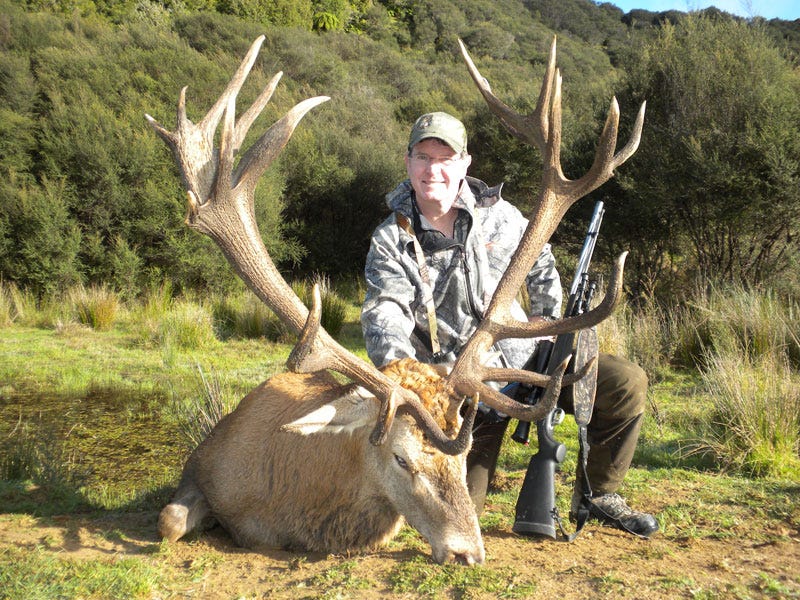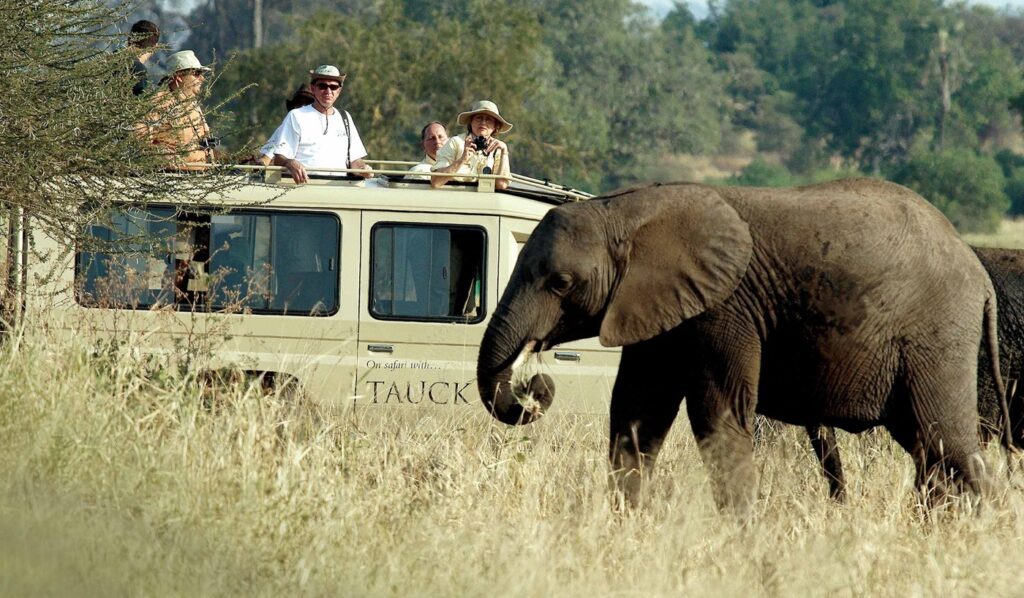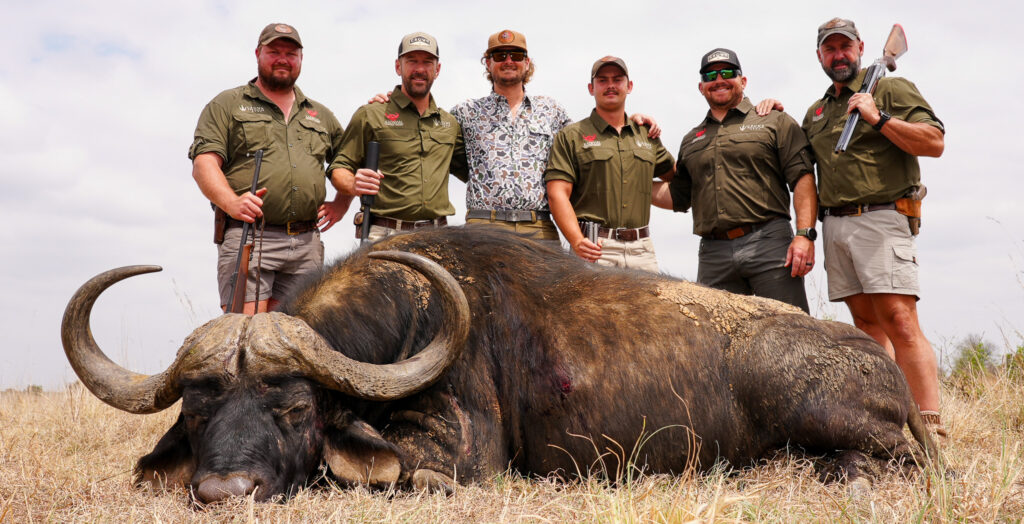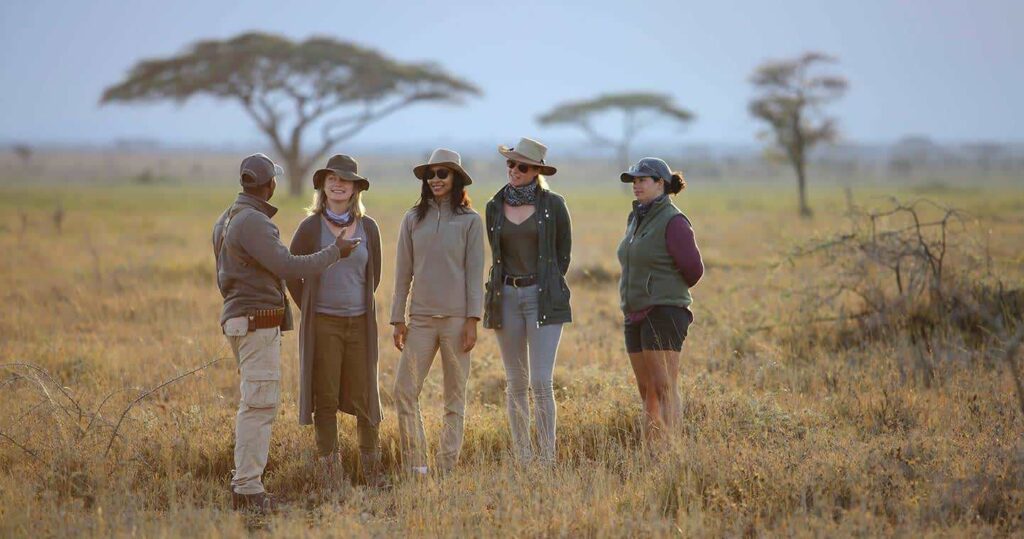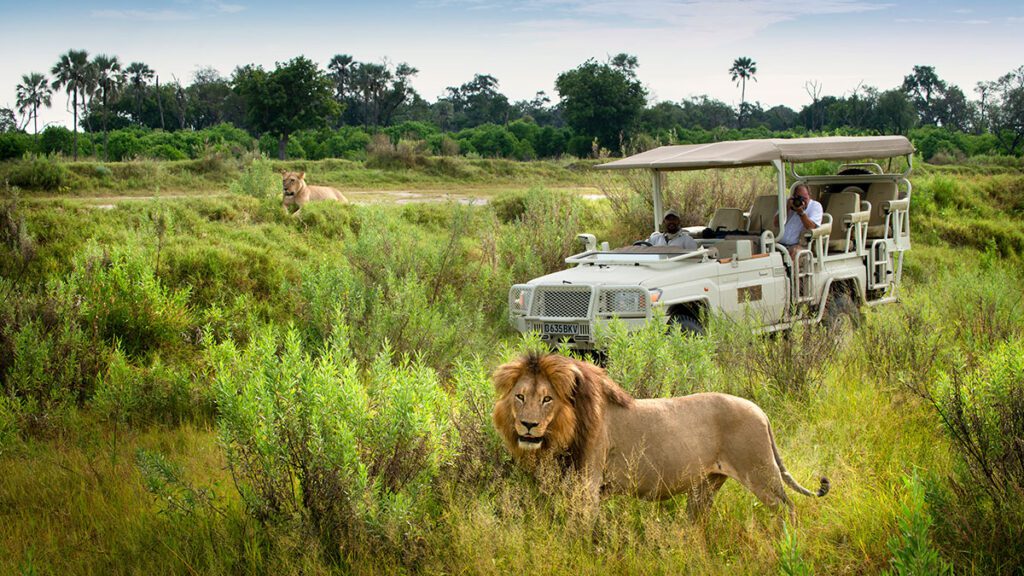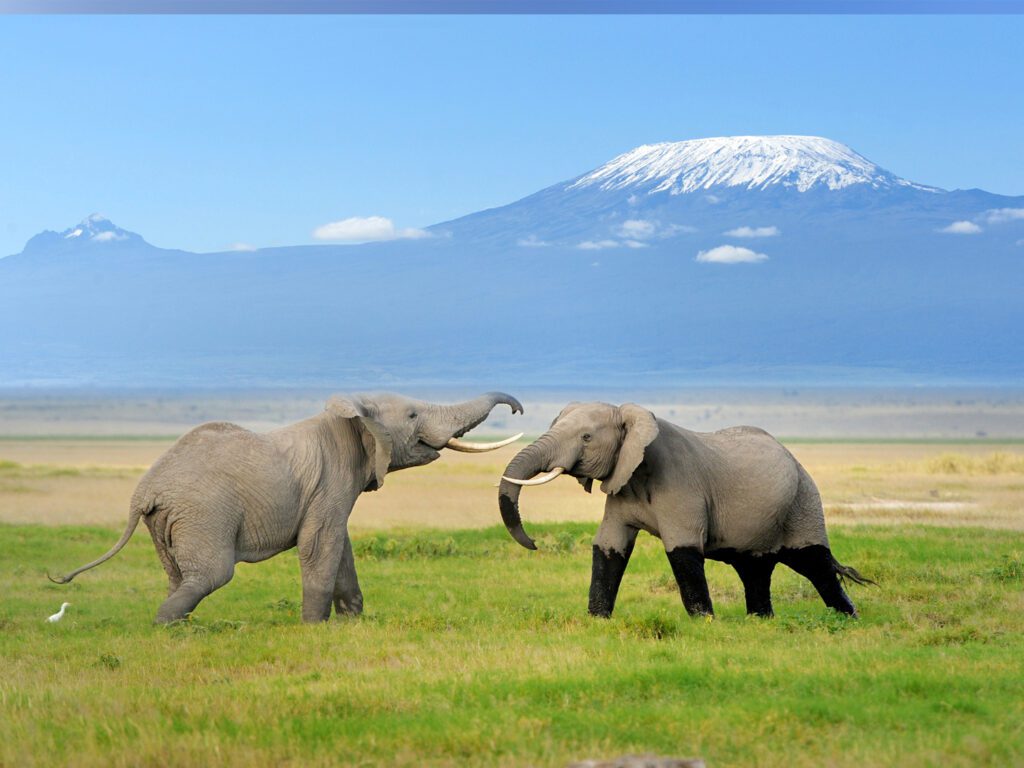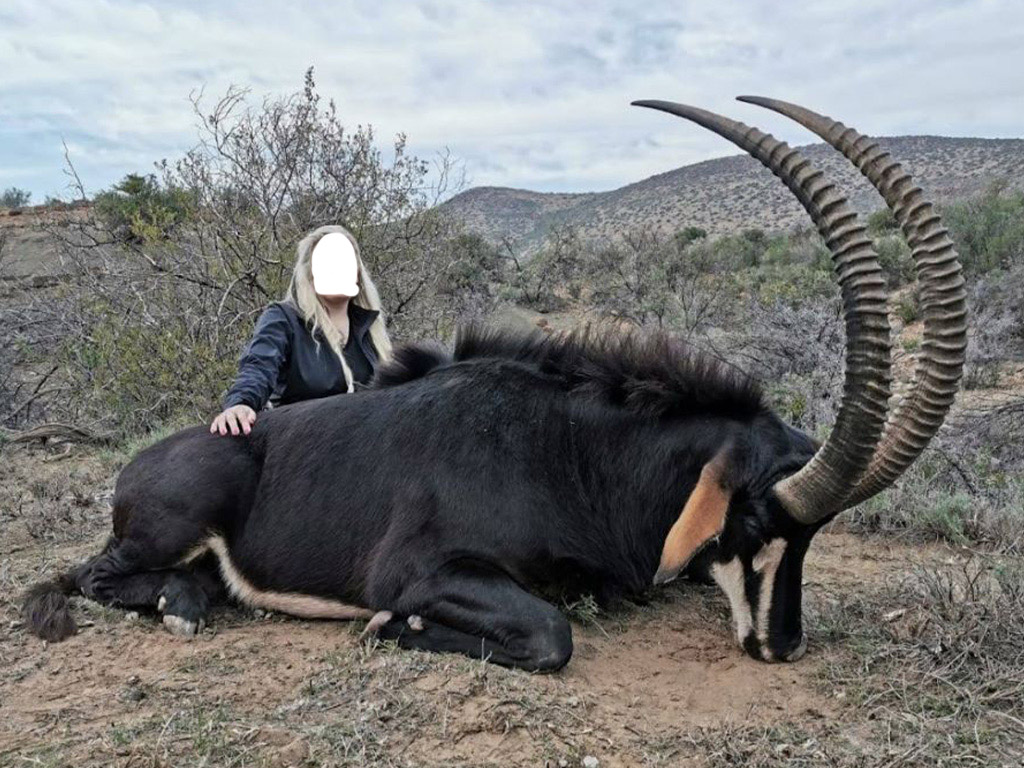Africa’s wild beauty draws people from across the globe. Whether you’re watching a lion through your camera lens or tracking a kudu through thick brush, there’s something powerful about being close to wildlife. Two major safari experiences, hunting safaris and photo safaris, offer very different ways to experience that connection. But which one brings in more money? And how do they impact local communities and conservation efforts?
This article breaks down the financial and ecological realities of the hunting safari vs photo safari debate, using real examples from places like Nick Bowker Hunting Safaris in South Africa.
Understanding the Two Safari Styles
What Is a Photo Safari?
A photo safari is a non-consumptive form of African tourism where visitors aim to capture stunning images of wild animals in their natural habitat. These safaris typically take place in national parks, game reserves, and private conservancies across Africa, regions like Kruger National Park in South Africa, the Serengeti in Tanzania, or the Maasai Mara in Kenya.
Tourists travel in open or enclosed vehicles, accompanied by experienced guides and trackers. These experts help locate animals such as elephants, lions, leopards, giraffes, zebras, and rhinos. The main goal is to observe and photograph wildlife without disturbing it. Photo safaris often attract wildlife enthusiasts, bird watchers, nature photographers, families, and international travelers seeking an immersive and eco-conscious experience.
What makes photo safaris particularly appealing is their accessibility. They don’t require permits, physical endurance, or specialized gear beyond a good camera and binoculars. Additionally, many lodges and camps cater specifically to photographers, offering early morning and late afternoon drives when lighting and animal activity are optimal.
What Is a Hunting Safari?
A hunting safari, by contrast, is a more rugged and hands-on type of African adventure that centers around harvesting game animals through legal, regulated hunts. These safaris usually occur on large tracts of privately managed land or government-designated hunting blocks. Hunters may pursue plains game like impala, blesbok, eland, and kudu, or opt for more challenging species such as Cape buffalo or sable antelope.
Outfitters like Nick Bowker Hunting specialize in all-inclusive African hunting safari packages, offering access to vast, low-fenced areas for fair-chase hunting. These hunts emphasize ethical practices, hunters track and stalk animals on foot, relying on skill, patience, and guidance from seasoned professional hunters. Unlike high-fenced operations, which limit animal movement, Bowker’s hunts are conducted in free-range settings that preserve the spirit of wild Africa.
Participants are typically provided with rifles, optics, ammunition, accommodations, and meals, all bundled into multi-day trips. Some packages even include taxidermy services and trophy export coordination, giving international hunters a complete start-to-finish experience.
While both types of safaris offer once-in-a-lifetime experiences, their goals and impacts are quite different. Photo safaris focus on conservation through visual storytelling and passive observation. Hunting safaris contribute to conservation by funding anti-poaching efforts and habitat protection through permit fees and land-use agreements.
However, one thing they share is the opportunity to connect with Africa’s breathtaking wildlife in a deeply personal and memorable way, whether it’s through the click of a shutter or the thrill of the hunt. Each type of safari supports local economies, creates jobs for guides and trackers, and fosters global interest in protecting Africa’s unique ecosystems.
How Much Do Tourists Spend?
When it comes to raw spending per visitor, hunting safaris bring in much more money than photo safaris.
Hunting Safari Costs
- High-end hunts can range from $6,000 for plains game to $21,000+ for a Cape Buffalo hunt.
- Add-ons like taxidermy, rifle rentals, and tips increase total spend.
- Hunters often stay longer (10–14 days), boosting lodge and food revenue.
- One hunter may harvest multiple animals, each adding to local economy contributions.
For example, Nick Bowker Hunting offers packages like:
- Kudu & Gemsbok Package – $6,000
- Sable Antelope Big Game Package – $10,000
- Cape Buffalo Package – $21,000
Photo Safari Costs
- Photo safaris range from $200 to $800 per day, depending on the location and luxury level.
- Most guests stay 3–5 days.
- Costs include lodging, park entry, food, and guide fees, but no high-ticket extras like trophy fees.
So in the debate of hunting safari vs photo safari, the former clearly wins in per-person spending.
Who Benefits Economically?
Hunting safaris often operate on private lands, which gives local landowners, staff, and outfitters direct financial gains.
Local Job Creation
- Hunting safaris employ trackers, skinners, guides, cooks, cleaners, and logistics workers.
- Photo safaris may use fewer staff per guest.
- High hunter spend means better wages and year-round employment in some cases.
Tax and Permit Revenue
Governments charge hunting outfitters license fees and conservation taxes. These funds often go directly to wildlife management efforts.
Photo safaris also generate entry fees, but they are lower and often absorbed by larger tour operators with fewer local ties.
Conservation: Helping or Hurting?
The role of hunting in conservation sparks global debate. But in countries like South Africa, Namibia, and Zimbabwe, ethical hunting has helped protect species.
Hunting Helps Pay for Protection
- Trophy fees fund anti-poaching efforts and land preservation.
- Landowners have financial motivation to maintain healthy animal populations.
- Species like the sable, kudu, and Cape buffalo thrive due to controlled hunting.
Outfitters like Nick Bowker practice fair chase hunting, meaning animals roam freely and are not enclosed on small game farms. That’s key to ethical and sustainable hunting.
Photo Tourism’s Conservation Role
Photo safaris raise global awareness and push for conservation policies. However, some parks are overrun, and photo tourists may avoid areas with fewer “big five” animals, leaving less-known species without protection.
In the long-term hunting safari vs photo safari debate, both play roles, but only one helps control overpopulation and maintain ecological balance in private reserves.
Land Use and Infrastructure
Hunting safaris often make use of remote areas that are unsuitable for high-volume tourism. This spreads tourism dollars beyond national parks.
Benefits of Hunting Lands
- More land is preserved as habitat.
- Farmers convert unproductive land to game management.
- Wildlife corridors remain open.
Photo safaris, by contrast, often center around iconic parks. This concentrates tourists and facilities in smaller areas and can lead to overuse and habitat strain.
Cultural and Social Aspects
Hunters Build Long-Term Ties
Hunters often return year after year, building bonds with their outfitters. These relationships foster deeper support for wildlife management and community growth.
Many guests with Nick Bowker Hunting return for multiple safaris, sometimes bringing family members and friends. Word-of-mouth and repeat visits drive long-term sustainability.
Photography Tourism Is Broader but More Shallow
Photo safaris attract a wider audience, including first-timers, families, and casual travelers. But these guests are less likely to return repeatedly or build relationships with locals.
In the hunting safari vs photo safari discussion, hunters tend to be more deeply invested in the communities and ecosystems they visit.
Revenue Over Time
Consistency and Seasonality
Hunting safaris are more seasonal but deliver high revenue in short bursts.
Photo safaris run year-round, but with lower margins. Luxury lodges do well, but budget photo tourism brings less profit per person.
A lodge catering to 50 hunters a year may make more money than one serving 500 photographers.
Revenue Comparisons in Numbers
Let’s compare a simplified revenue snapshot:
| Category | Hunting Safari | Photo Safari |
|---|---|---|
| Average Length of Stay | 10–14 days | 3–5 days |
| Spend per Visitor | $6,000–$21,000+ | $600–$3,000 |
| Local Employment | High | Moderate |
| Conservation Funding | Direct via license/tax | Indirect via fees |
| Return Visitors | High | Low |
This table shows just how different the models are. Hunting safaris may attract fewer people, but they generate significantly more income per guest.
Ethics and Public Perception
Ethics play a large part in the hunting safari vs photo safari debate. Some travelers are uncomfortable with the idea of hunting wild animals, even when it’s legal and ethical.
However, many misunderstand how conservation-based hunting works. Ethical hunting:
- Targets only mature males past breeding age.
- Helps control populations and disease.
- Raises funds that go directly to local conservation and staff salaries.
On the other hand, photo safaris can disturb animals, especially when multiple vehicles crowd sightings for better photos. Ethical practices matter on both sides.
What About the Future?
The future of African tourism likely involves both models working together. Countries like South Africa already do this well, offering world-class photography parks like Kruger, and ethical hunting grounds like those managed by Nick Bowker.
As more travelers look for authentic, impactful experiences, they may choose safaris that support wildlife and communities, not just beautiful photos.
Hunters and photographers alike want healthy ecosystems and animal populations. When managed responsibly, both kinds of safaris can help protect Africa’s incredible wildlife.
When you look at the numbers, relationships, and long-term impact, hunting safaris come out ahead in the hunting safari vs photo safari comparison, at least in terms of revenue.
But that doesn’t mean one model must replace the other. Photo safaris inspire global support for conservation. Hunting safaris, when done ethically, directly fund it.
The best future is one where both types of safaris help Africa’s wild lands thrive. Whether you’re taking a trophy or a photo, what matters is the love and respect for the animals, the land, and the people who call it home.

